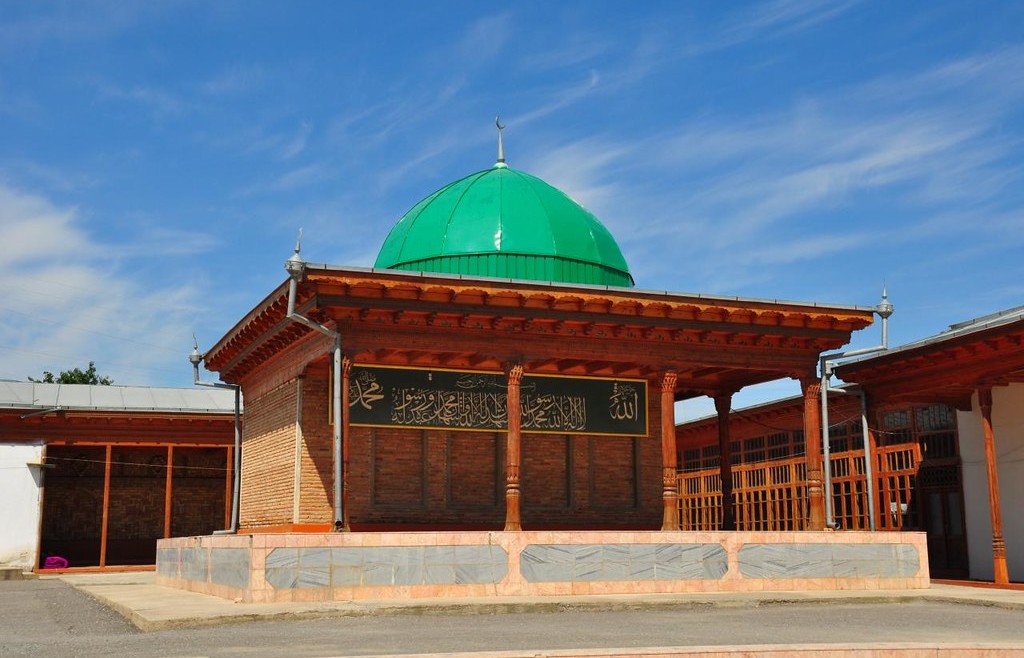This legendary mausoleum is the burial place of Saint Hazrati Shoh, brother of Kusama Ibn Abbas (he was a cousin of the prophet Muhammad), whose body was hidden in the ensemble of Shohi Zinda in Samarkand in the 11th century. Around the same time, and there was this complex, important in terms of both history and architecture. Part of this complex is the mausoleum itself, although officially its appearance is recorded in the 18th century, because of the later buildings, which will be discussed below.
“Hazrati Shoh”, one of the oldest surviving attractions of Tajikistan, is located in the” old ” district of Istaravshan and is divided into three parts: the mausoleum of Hazrati Shoh, Khudoera Vailami and Namazgoh mosque. Each of these religious buildings dates from a different time (up to the 19th century), but is located close to the others in such a way that they form a semicircle. Despite the separate history, development and purpose, they perfectly complement each other, and not so long ago the complex included two more elements: a madrasah with blue domes and a city cemetery.
By our time Mazor has been restored more than once, thanks to which it was possible to perfectly preserve the tomb, also called gurakh, and the oratory, whose original name is zieratkhon. And externally, the building with two domes looks beautiful, although modest because of the simple brickwork, and the nearby spring with healing, if you believe the legends, water perfectly complements the view. According to the same legends, the source owes its appearance to the Caliph Ali, who dipped his staff in the mountain lake Oykul. And surfaced at the foot of Khazratishoh, which is buried in Ura-Tyube, where appeared a spring. Since its inception, historians and count the beginning of the existence of the mausoleum: soon near the spring, local residents built a symbol of the source of life, the burial of a venerable religious figure, and after — over his grave and there was a mausoleum.

